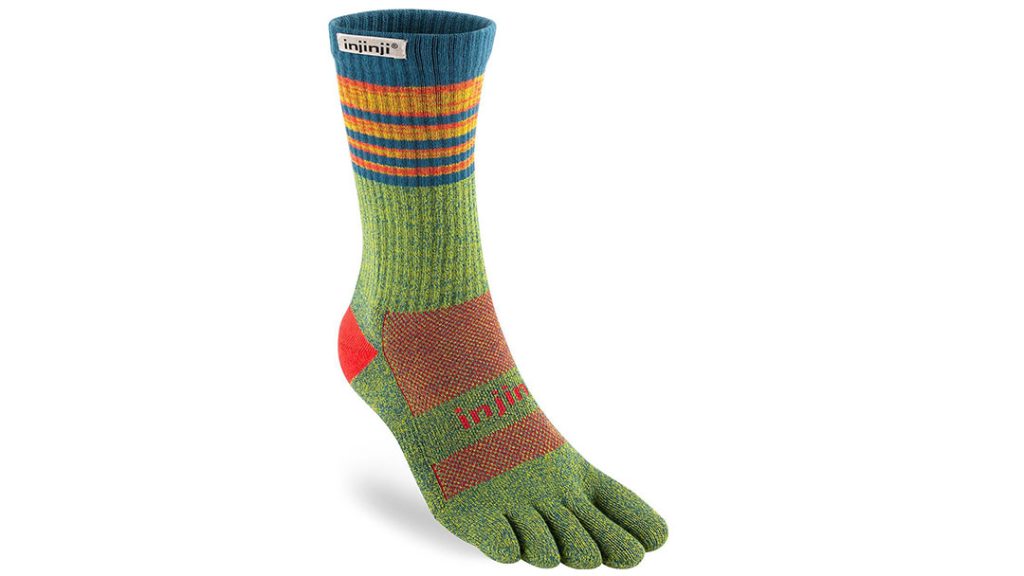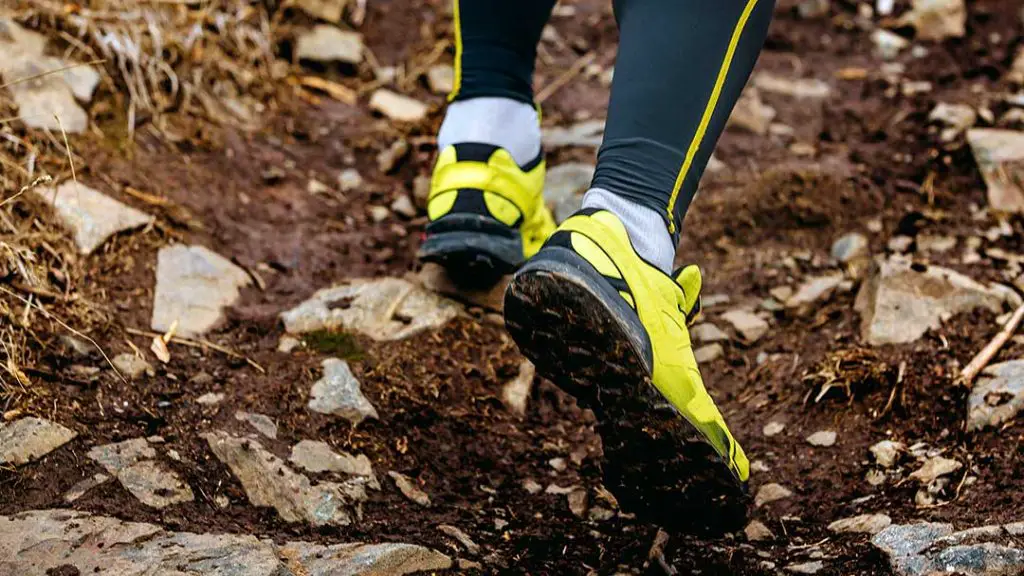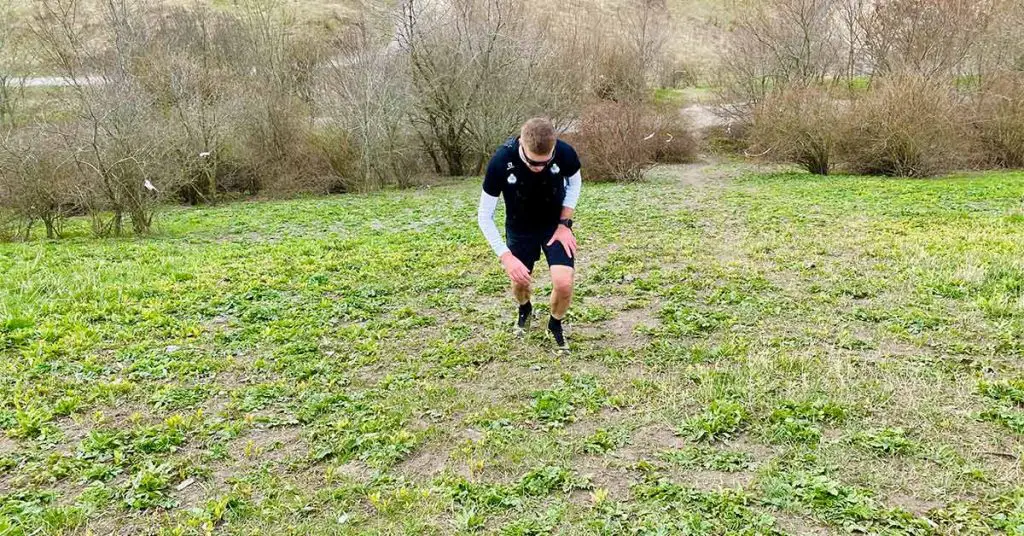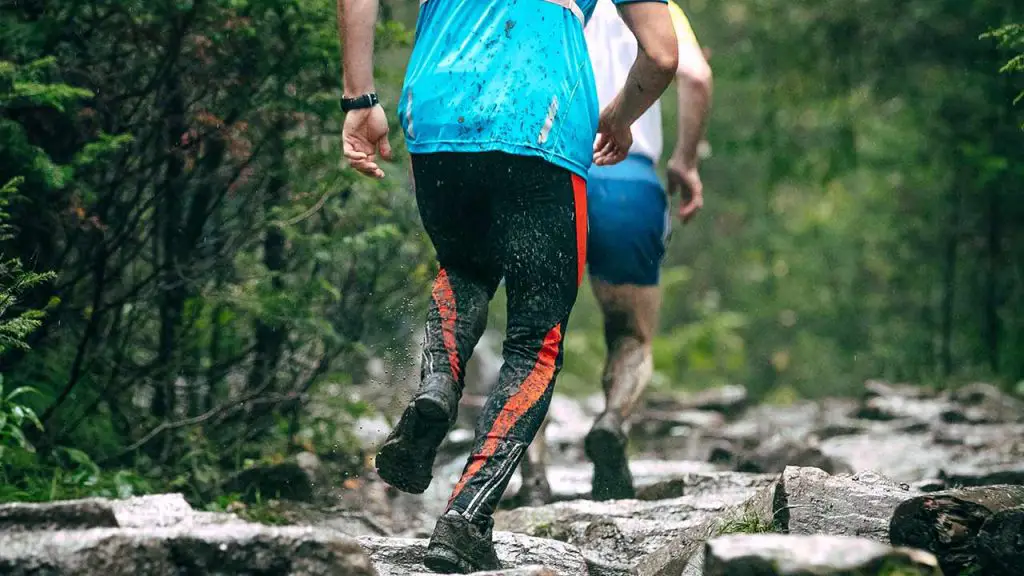Estimated read time: 4 minutes.
When you are getting ready to go on a trail run, what socks do you put on? This is an important question because if you wear the wrong socks, you could end up with blisters or other foot problems. This blog post will discuss the different types of socks that are best for trail running. We will also provide some tips on choosing the right socks for your needs. So what are you waiting for? Read on to learn more!
What Kind of Socks Are Best for Trail Running?
Trail running socks are different than regular socks. They are made of materials that can withstand the wear and tear of running on trails. Trail running socks wick moisture away from your feet, which helps to keep them dry and comfortable.
Anti-odor properties in many fabrics mean you’ll never have to worry about pesky smells coming up when on an adventure for days together. They should also be breathable to ensure your feet don’t overheat on those hotter days.
Some trail running socks also have extra padding in the heel and toe area, ankle, and around the Achilles tendon, which helps to protect your feet from bumps and bruises. All these features increase the price you pay for a pair of socks, but if you’re doing an intense hike or run, your feet will appreciate the investment.
How to Choose the Right Trail Running Socks for Your Needs?
Feet are different, so what might work for one person might not work for another. When choosing trail running socks, you should consider the following factors:
- The climate where you will be running
- The terrain you will be running on
- Your personal preferences
For example, if you live in a warm climate and run on hot trails, you will need breathable socks with anti-odor properties. If you live in colder weather, you will need socks that are insulated and wick moisture away from your feet.
If you run on hard terrains, such as rocks or gravel, you will need socks with extra padding to protect your feet. If you are running on softer terrain, such as a dirt trail, you may not need extra padding.
You should also consider your personal preferences when choosing socks. Some people prefer socks that are snugger around the foot, while others prefer looser socks. It is essential to find a pair of socks that feel comfortable and provide the right amount of support.
Trail Running Socks for Summer
- Voormi Run Socks
- Darn Tough No Show Tab Merino Wool socks
- 1000 Mile Run Socklet
Trail Running Socks for Winter
- Merino 10 Cushion Crew
- Showers Pass Waterproof Breathable Multisport Crosspoint Wool Crew Socks
- Men’s Run Micro Crew Ultra-Lightweight Running Sock
Trail Running Socks Material
Most trail running socks are made of a mix of synthetic and natural materials. The most common materials used in trail running socks are:
Synthetic materials: These materials include nylon, polyester, and acrylic. They are durable and moisture-wicking, but they can be hot and not as breathable as other materials.
Natural materials: These materials include wool and bamboo. Wool and bamboo are moisture-wicking, breathable, and insulating. They also have natural antimicrobial properties, which help to keep your feet from getting smelly. The materials are very durable, soft, and comfortable.
Trail Running Compression Socks
The compression socks athletes wear to enhance their performance and prevent injuries were originally designed for people with medical issues such as diabetes, leg ulcers, or varicose veins. Trail Running Compression socks provide compression to the foot and calf muscles. This can help to improve blood flow and reduce the risk of injury. They are also helpful for preventing swelling in the feet and ankles.
Long compression socks also protect your narrow legs from scratches, stingy plants, and bites that you can get when running in the wilderness.
Trail Running Toe Socks
There are also socks explicitly designed for trail running with a separate toe compartment. This design allows your toes to move more freely and helps to prevent blisters. Some people find this design more comfortable than traditional socks.
Wearing toe socks reduce swelling on the feet, and they keep your toes warm on cold days. That extra fabric around each toe gives you more warmth and helps to wick the moisture away from your feet.
If you are new to toe socks, start by wearing them for short periods to allow your feet to get used to them.

Left and Right Trail Running Socks
Most socks are designed for either the left or right foot. This is because the fabric and seams are usually placed to provide the most support and comfort to that particular foot. If you try wearing a sock meant for the other foot, it may feel uncomfortable and not fit as well, but it will not cause any damage.
The only time you feel uncomfortable is when you are wearing toe socks on the wrong feet.
Conclusion
When choosing trail running socks, it is essential to consider the climate, terrain, and personal preferences. There are a variety of socks available on the market that cater to different needs. It is essential to find a pair of socks that feel comfortable and provide the right amount of support.
Trail Running Compression Socks can also be beneficial for preventing injuries. When trying on socks, be sure to try them on both feet and make sure they fit well. Toe socks can also be beneficial, but they may take some getting used to. Experiment with different types of socks to see what works best for you.
- How Many Laps Around a Track is a 5K: Your Guide - October 22, 2023
- When is Track and Field Season? - October 22, 2023
- Understanding the Length: How Long Is a Running Track? - October 22, 2023



